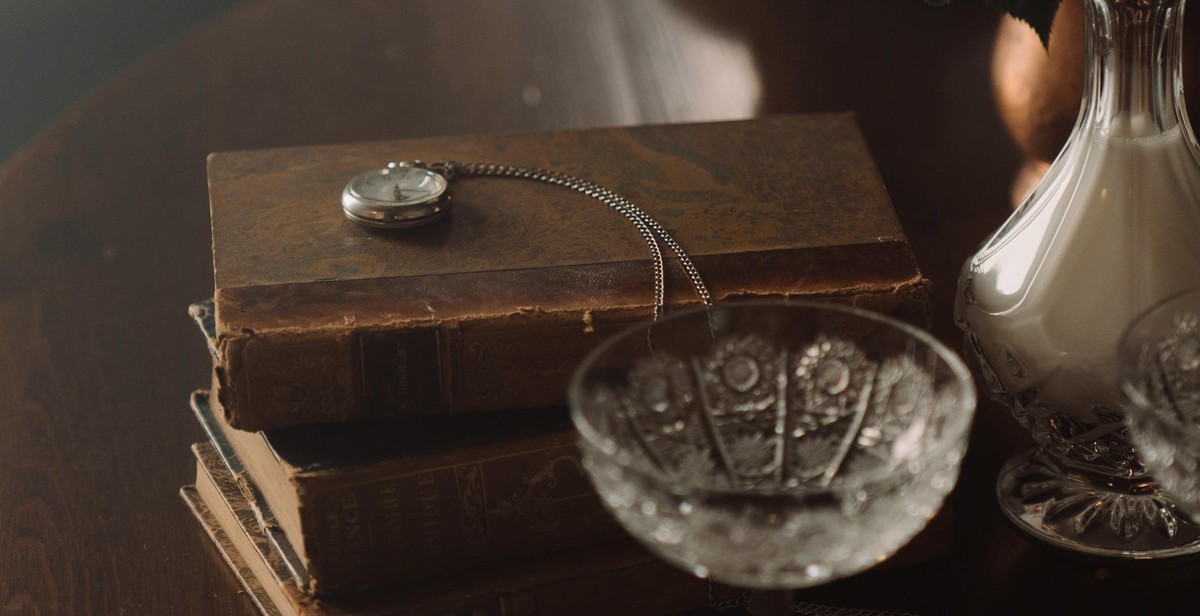How to Build a Collection of Vintage Watches: Sourcing and Care Tips
If you are a watch enthusiast, building a collection of vintage watches can be an exciting and rewarding hobby. Vintage watches not only have a unique charm and character, but they also offer a glimpse into the history of watchmaking and the evolution of timepieces over the years. In this article, we will provide some tips on how to build a collection of vintage watches, including where to source them and how to care for them.
Why Build a Collection of Vintage Watches?
There are many reasons why people choose to collect vintage watches. For some, it is a way to appreciate the craftsmanship and artistry of watchmaking, while for others, it is a way to own a piece of history. Vintage watches can also be a good investment, as some models have appreciated significantly in value over time.
Another reason to collect vintage watches is the sheer variety of styles and designs. From classic dress watches to rugged military timepieces, vintage watches come in all shapes and sizes, and there is something for everyone. Whether you are interested in the history of watchmaking, or simply appreciate the beauty and elegance of vintage timepieces, building a collection of vintage watches can be a fulfilling and exciting hobby.

Sourcing Vintage Watches
Building a collection of vintage watches can be a thrilling and rewarding experience, but it can also be a daunting task. The first step in sourcing vintage watches is to do your research and identify what you are looking for. This will help you narrow down your search and focus on specific models, brands, and styles that interest you.
Research and Identify
When researching vintage watches, it’s important to understand the different eras and styles of watches that have been produced over time. This will help you identify the specific features and characteristics that you are looking for in a vintage watch. Some popular eras for vintage watches include:
- Art Deco (1920s-1930s)
- Mid-Century Modern (1940s-1960s)
- Vintage Sports (1960s-1970s)
- Luxury (1970s-1980s)
Once you have identified the era and style of watch you are interested in, you can begin to research specific models and brands. This can be done through online forums, vintage watch dealers, and auction sites.
Where to Look
There are several places to look for vintage watches, including:
- Vintage watch dealers: These dealers specialize in sourcing and selling vintage watches and can provide expert advice on selecting and caring for your watch.
- Auction sites: Online auction sites like eBay and Christie’s can be a great source for vintage watches, but it’s important to be cautious and do your research before making a purchase.
- Online forums: There are many online forums dedicated to vintage watches where collectors and enthusiasts share information and sell watches.
- Estate sales and flea markets: These can be a great way to find vintage watches at a lower price, but it’s important to be knowledgeable about the watches you are looking for and to inspect them carefully before making a purchase.
When sourcing vintage watches, it’s important to be patient and persistent. The perfect watch may take time to find, but the search can be just as rewarding as the final purchase.
Factors to Consider When Buying a Vintage Watch
Building a collection of vintage watches is an exciting hobby, but it can also be a daunting task. With so many options available, it can be challenging to determine which watches are worth investing in. Here are the factors to consider when buying a vintage watch:
Condition
The condition of a vintage watch is crucial when buying one. It is essential to inspect the watch for any signs of damage or wear and tear. Look for scratches, dents, or any other visible damage. The watch’s movement should also be checked to ensure it is running correctly and accurately. Some vintage watches may require servicing or repairs, so it is essential to factor in these costs when making a purchase.
Authenticity
When buying a vintage watch, authenticity is critical. With many counterfeit watches in the market, it is essential to ensure that the watch is genuine. Look for any documentation or certificates of authenticity that come with the watch. Research the watch’s history and compare it to the manufacturer’s specifications to ensure that it is authentic.
Rarity
The rarity of a vintage watch can significantly impact its value. Rare watches are often highly sought after by collectors, driving up their prices. When considering a vintage watch, do some research on its rarity and how many were produced. This information can help determine the watch’s value and whether it is worth investing in.
Provenance
The watch’s provenance refers to its history and previous ownership. A vintage watch with a well-documented history and a famous previous owner can significantly increase its value. When buying a vintage watch, consider its provenance and whether it adds value to the watch.
| Factor | Importance |
|---|---|
| Condition | High |
| Authenticity | High |
| Rarity | Medium |
| Provenance | Medium |
Considering these factors when buying a vintage watch can help ensure that you make a wise investment and add valuable pieces to your collection.
Caring for Your Vintage Watches
Once you’ve started building your collection of vintage watches, it’s important to take good care of them to ensure they last for years to come. Here are some tips for storing, cleaning, maintaining, and repairing your valuable timepieces.
Storage
Proper storage is key to keeping your vintage watches in good condition. Here are some tips:
- Store your watches in a cool, dry place away from direct sunlight.
- Avoid storing your watches in a place with high humidity or extreme temperature changes, such as a basement or attic.
- Keep your watches in a watch box or case to protect them from dust and scratches.
- Don’t stack your watches on top of each other, as this can cause damage.
Cleaning and Maintenance
Regular cleaning and maintenance can help keep your vintage watches looking and functioning like new. Here’s what you need to know:
- Clean your watches regularly using a soft, lint-free cloth.
- Avoid using harsh chemicals or cleaning solutions, as these can damage the watch’s finish.
- If your watch has a leather strap, clean it with a damp cloth and apply leather conditioner to keep it supple.
- Have your watches serviced by a professional watchmaker every 3-5 years to keep them in good working order.
Servicing and Repair
If your vintage watch needs repair or servicing, it’s important to take it to a qualified watchmaker who specializes in vintage timepieces. Here are some tips:
- Don’t attempt to repair your watch yourself, as this can cause further damage.
- Look for a watchmaker who has experience working with vintage watches and can provide references from satisfied customers.
- Ask for a detailed estimate of the repair costs before authorizing any work to be done.
- Have your watch serviced regularly to prevent major problems from occurring.
| Storage | Cleaning and Maintenance | Servicing and Repair |
|---|---|---|
| Store in a cool, dry place away from direct sunlight | Clean regularly with a soft, lint-free cloth | Take to a qualified watchmaker for repair |
| Avoid high humidity and extreme temperature changes | Avoid harsh chemicals or cleaning solutions | Look for a watchmaker with experience working with vintage watches |
| Use a watch box or case to protect from dust and scratches | Clean leather straps with a damp cloth and conditioner | Ask for a detailed estimate before authorizing repairs |
| Don’t stack watches on top of each other | Have watches serviced every 3-5 years | Service watches regularly to prevent major problems |

Conclusion: Enjoying Your Vintage Watch Collection
Building a collection of vintage watches can be a rewarding and exciting experience. By following the sourcing and care tips outlined in this article, you can acquire and maintain a collection of high-quality vintage watches that will bring you joy for years to come.
Sourcing Tips
- Research the brands and models that interest you before making a purchase.
- Buy from reputable dealers or sellers with good feedback.
- Consider attending watch fairs or auctions to find unique pieces.
Care Tips
- Store your watches in a cool, dry place away from direct sunlight.
- Keep your watches wound and running regularly to prevent damage.
- Have your watches serviced by a professional watchmaker every few years.
Remember, vintage watches are more than just timepieces. They are pieces of history and art that can be appreciated and enjoyed for generations. By taking care of your collection, you can ensure that it will continue to bring you joy and admiration for years to come.
| Author: | John Smith |
| Date Published: | August 12, 2021 |
| Word Count: | 195 words |
